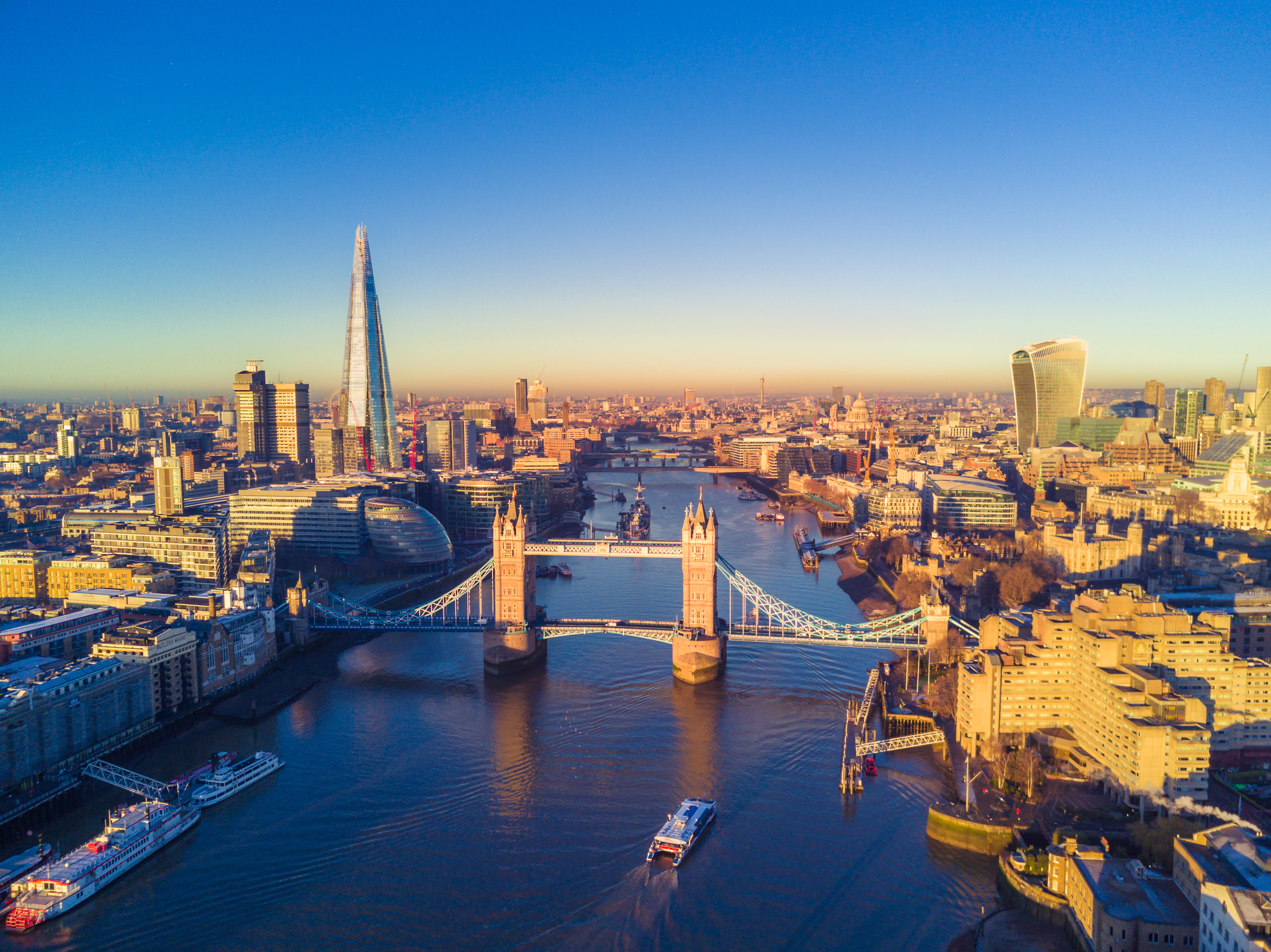
CITIES around the world including London and Houston face the threat of flooding as rising sea levels add to existing problems, a report suggests.
As nations meet to finalise a report on the impacts of global temperature rises of 1.5C above pre-industrial levels and what is needed to prevent further warming, the Christian Aid report warns major coastal cities are at risk.
Sea levels are expected to rise by more than 40cm (16in) if global warming is not limited to 1.5C.
Climate change could act as a “threat multiplier” to existing problems such as sinking ground and subsidence, water extraction and bad planning.
London’s sinking problem is largely a vestige of the last ice age when glaciers that weighed Scotland down and lifted up the south like a see-saw melted and reversed the effect, according to the study.
The UK capital is also increasingly vulnerable as a result of sea level rises, with the city having to use its key primary flood defence, the Thames Barrier, more frequently, the report said.
In 1984, when the barrier opened, its annual use was predicted to be two to three times a year, while it is now being used around six or seven times a year.
Houston, Texas, is vulnerable to flooding and subsidence due to extracting groundwater for its population and oil and gas, the report said, and sea level rises and storm surges will only exacerbate the problem.
Bangkok’s government published a report three years ago warning the city could be underwater in the next 15 years, sinking due to water extraction and heavy buildings pressing into the sediment.
With the city only 1.5m above sea level, rising seas are worsening the problems.
Shanghai is another city where groundwater use has caused subsidence and where heavy buildings are weighing down on the sediment it is built on, though it has taken strong measures to tackle these problems.
Manila in the Philippines; Jakarta, Indonesia; Lagos, Nigeria, and Dhaka in Bangladesh are all also threatened by problems such as subsidence, groundwater extraction, a lack of adequate drainage, the weight of buildings and the loss of natural flood protection including mangroves.
With the increasing threat of climate change-induced sea level rises, the report warns the causes of the cities sinking must be tackled and greater and more rapid cuts to greenhouse gases are needed to curb the rising seas.
Report author Dr Kat Kramer, Christian Aid’s global climate lead, said: “We’re starting to see what happens when climate change acts as a threat multiplier, compounding poor development decisions.
“We’re already at around 1C of warming and we are getting a picture of what happens if we exceed 1.5C.
“Worryingly, the world is currently on track for more than 3C of warming, which would have disastrous consequences for the millions of people living in these coastal cities.”
She urged governments to heed the findings of the forthcoming report and increase their pledges for climate action to curb temperature rises to no more than 1.5C.

Enjoy the convenience of having The Sunday Post delivered as a digital ePaper straight to your smartphone, tablet or computer.
Subscribe for only £5.49 a month and enjoy all the benefits of the printed paper as a digital replica.
Subscribe